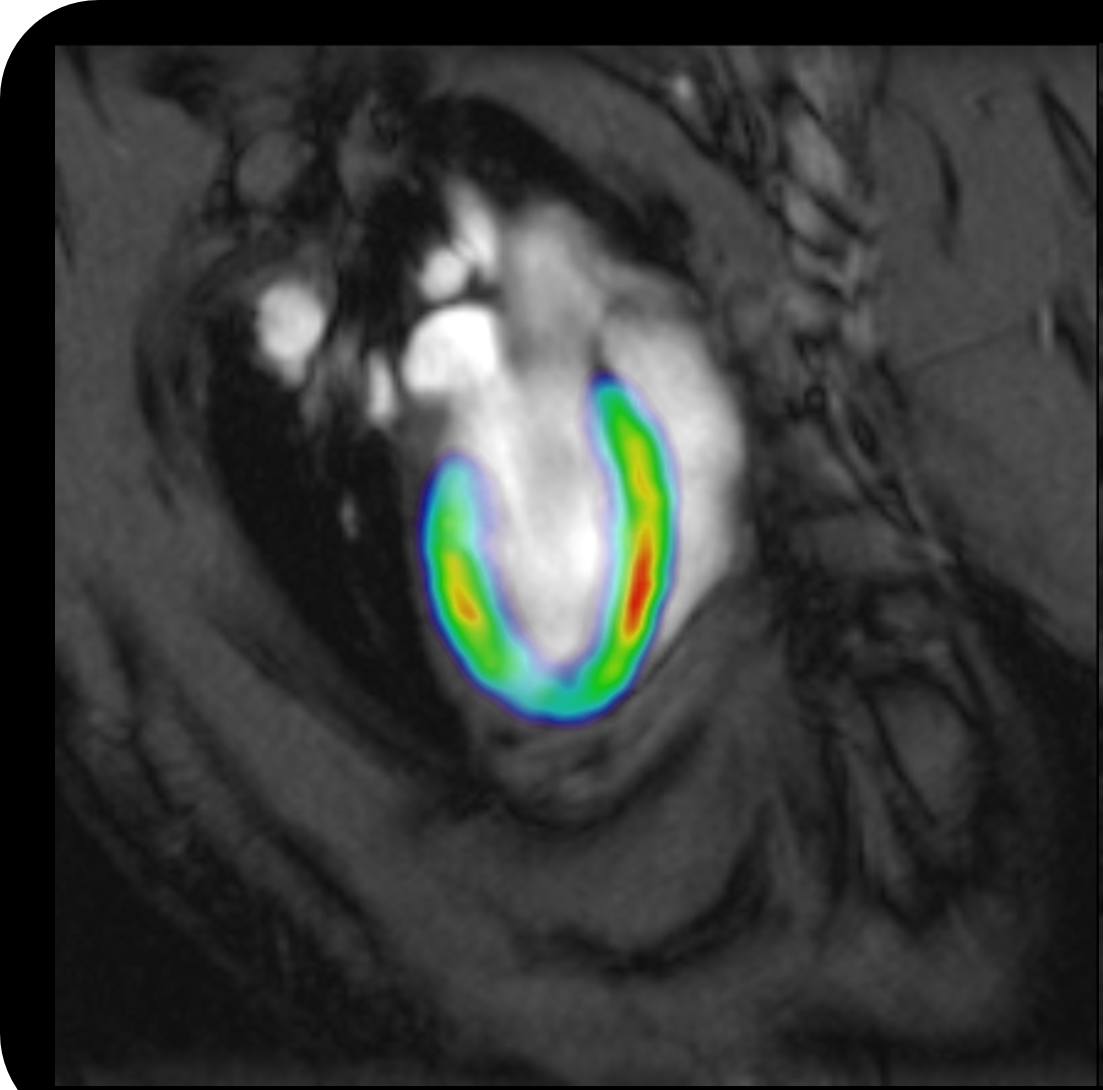CEST Evolution and Applications
Phil, you have been organizing the International Workshop on Chemical Exchange Saturation Transfer (CEST) for years. What is it that you find so exciting about CEST imaging?
Thank you, and yes, we are very honored to host the 9th International CEST workshop at Emory this August. CEST provides a sensitive contrast for measuring tissue pH, proteins, and metabolites. It has already found broad applications in studying neurological, oncologic, and cardiovascular disorders. Meanwhile, our understanding of the CEST MRI contrast mechanism has steadily improved, collectively accomplished by chemists, physicists, experimentalists, and translational scientists. It is an exciting interdisciplinary field that is growing very rapidly.
Where would you recommend researchers to look to obtain a good overview of the many CEST applications?
NMR in biomedicine has a recent special issue on CEST MRI, which provides in-depth reviews on CEST principles and applications. Several websites also share some excellent routines - for example, https://github.com/cest-sources/CEST_EVAL and https://godzilla.kennedykrieger.org/CEST/. I also see many sequences and processing routines being shared on the Bruker PCI site (https://pci-community.com/). Furthermore, most CEST groups are open to collaboration, including my group, and we encourage those interested in contacting CESTers directly (https://www.cestworkshop.org/cesters).
How have CEST agents increased the practicality of CEST imaging?
CEST contrast agent is a vibrant field. It often provides a high specificity when combined with endogeneous CEST imaging. Many agents have been developed to image lactate, enzymes, pH, temperature, and gene expression. There is also emerging novel use of FDA-approved CT agents to map pH.
You mention pH quantification using CEST. How is pH quantification used in diagnostics?
Yes, you are right. Because proton exchange is pH dependent, CEST MRI is uniquely suitable to image pH. For example, pH MRI has been explored in mapping metabolic penumbra in ischemic stroke. Another hot area is mapping hypoxia as a new marker for tumor malignancy and plasticity, which often requires both endogeneous and exogeneous pH imaging approaches.
What developments do you foresee for CEST imaging in the coming years?
CEST MRI is a promising in vivo molecular imaging approach, building on its increasing precision, specificity, and sensitivity. We are witnessing the dawn of precision CEST imaging, and I am very optimistic about its future.
I also see many sequences and processing routines being shared on the Bruker PCI site.
We are witnessing the dawn of precision CEST imaging, and I am very optimistic about its future.
Prof. Phillip Zhe Sun
Phillip Zhe Sun is a Professor of Radiology and Imaging Sciences at Emory University. He also directs the Primate Imaging Center at Emory National Primate Research Center. His research develops novel MRI, including CEST MRI, to study brain metabolism, function, and structure. His lab played a critical role in advancing quantitative CEST (qCEST) MRI, including the latest quasi-steady-state (QUASS) in vivo CEST MRI, toward precision in vivo CEST imaging.









